Hosted by
History & Heritage
Books on history, heritage, design, conservation, restoration, preservation, transformation and adaptive reuse.
All Books
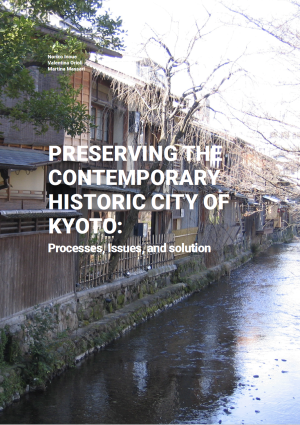
This volume delves into the multifaceted aspects of urban governance, preservation, and innovation in the historic city of Kyoto. This collection of essays and research papers offers profound insights and thoughtful analyses into the preservation of urban public goods, historical administration, residential renovation, and community-building in one of Japan’s most culturally rich cities.
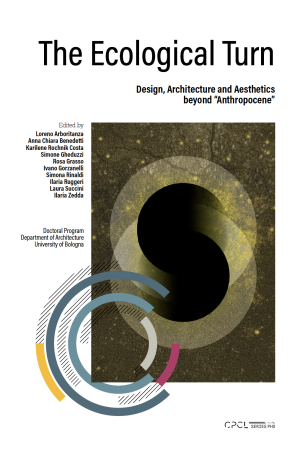
How does the ecological thinking affect architects, designers and the design culture itself? The Anthropocene is a geological event, but also a political one that lies in overcoming the idea of crisis. Acknowledging this change means rethinking the very ecology of the project in environmental and atmospheric terms. The changes we face don’t depend on missing balances, but on compromises reached between conservation and exploitation. The Anthropocene...
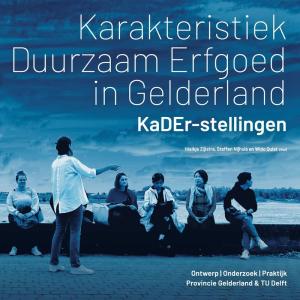
Deze publicatie is een weerslag van de uitkomsten van het KaDEr-project (Karakteristiek Duurzaam Erfgoed) dat de TU Delft in opdracht van en in samenwerking met de Provincie Gelderland heeft uitgevoerd. De lezer wordt meegenomen in de zoektocht om invulling te geven aan de relatie tussen wetenschap, praktijk en beleid rondom duurzaam erfgoed op verschillende schaalniveaus. Aan de hand van acht bijdragen wordt gereflecteerd op het proces en de uitkomsten. We noemen dit ‘KaDEr-stellingen’....

This sector portrait of the design engineering sciences describes the common denominator of the various design disciplines in the Netherlands. In a future sector plan, the above investment areas will be further explored and purposefully developed.
The implementation of technological innovations aligned to societal issues encompasses a design challenge. This increasingly demands science-based design methodologies. The broad Dutch design landscape can fulfil the role of connector...

The research of TU Delft’s Faculty of Architecture and the Built Environment (Faculteit Bouwkunde) covers the full spectrum of design, engineering, planning, and management of the built environment. Its research portfolio comprises the research that is conducted by four departments:
- Architecture
- Architectural Engineering + Technology (AE+T)
- Management in the Built Environment (MBE)
- Urbanism
The faculty’s research focusses...
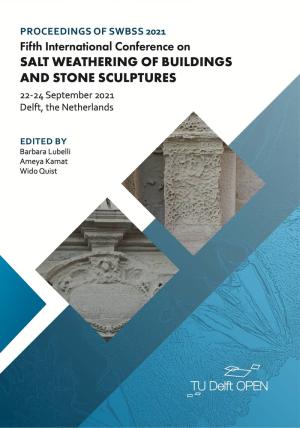
These proceedings report on the 5th edition of the conference, after Copenhagen (2008), Cyprus (2011), Brussel (2014) and Potsdam (2017), and it is the first time the conference is held in hybrid form, due to the COVID-19 pandemic. It is a challenge to organize an event in such an uncertain situation and to make it as attractive and interactive as the previous editions. We hope to meet your expectations!
I’m very glad, that despite the situation, the interest for the...
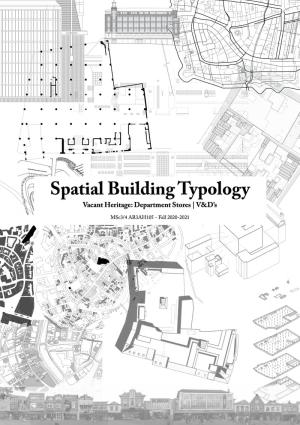
On 31 december 2015, the department store of Vroom & Dreesmann (V&D), which was founded in 1887, officially went bankrupt. This ended the rich history of a department store that had branches in many Dutch cities and towns.
This raises the question: what happens to the traditional twentieth century commercial areas in major Dutch cities in an era that everyone is shopping online? In the historic city centres of Haarlem, Leiden, Dordrecht and Amersfoort for example, many...
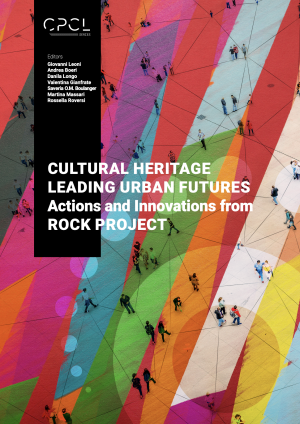
The ROCK project sees historic city centres as laboratories to demonstrate how Cultural Heritage can be an engine of regeneration, sustainable development and economic growth. ROCK approach foresees the systemic and flexible application of a series of role-model practices in the testing sites of three Replicator cities, to turn historic city centres afflicted by physical decay, social conflicts and poor life quality into Creative and Sustainable Districts. This...
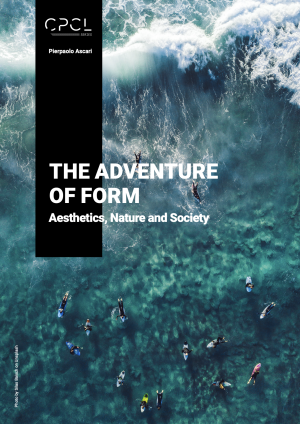
The parts of this book could be arranged with complete impunity around one of the brightest stars in the firmament of philosophy and aesthetic reflection. Moreover, that star does not merely suggest a hypothesis of thematic correlation between the individual parts, but raises the problem of their own tendency (as parts) to have always implied a recomposition. The reference is to Kant’s third Critique, where the overall view is a preliminary condition to...
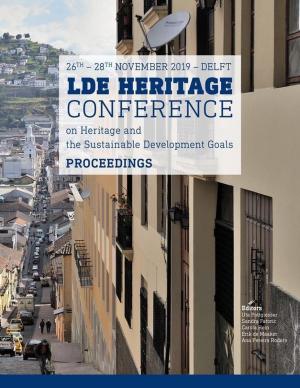
Heritage–natural and cultural, material and immaterial–plays a key role in the development of sustainable cities and communities. Goal 11, target 4, of the Sustainable Development Goals (SDGs) emphasizes the relation between heritage and sustainability. The International LDE Heritage conference on Heritage and Sustainable Development Goals, which took place from 26 to 28 November 2019 at TU Delft in the Netherlands, examined the theories, methodologies, and practices of heritage and SDGs....
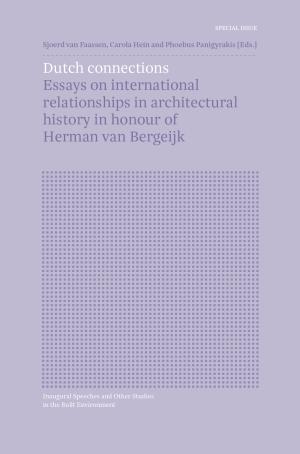
Throughout his career, Herman van Bergeijk built his own unique expertise on the Dutch 19th and early 20th century architectural history. He has become an inspiration for scholars in the Netherlands, Europe and beyond. The extraordinary response of colleagues when asked to contribute a chapter in this Festschrift stands as an example of Herman’s widespread influence. Invitations for keynotes and lectures or courses keep reaching him, and he will continue to teach and write. He has an open...
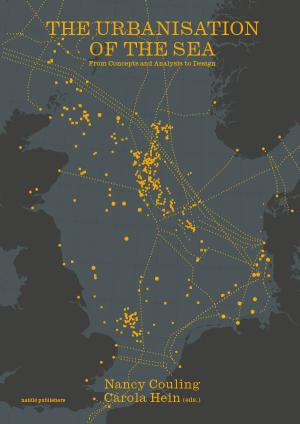
The book tells the story of the sea-land continuum based on the case of the North Sea – one of the world’s most industrialised seas, in which the Netherlands plays a central role. The space of the North Sea is almost fully planned and has been loaded with the task of increased economic production from new and traditional maritime sectors. At the same time, it has been emptied of cultural signi ficance.
Through diverse projects from academia, art, literature, and practice, from...
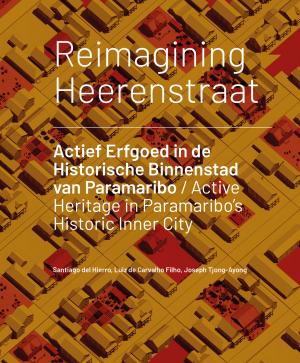
In 2016, the Government of Suriname, financed by a loan from the Inter-American Development Bank (IDB), launched the Paramaribo Urban Rehabilitation Program (PURP), which contributes to the socio-economic revitalisation of Paramaribo’s historic inner city. It aims to attract new residents and commercial activities to the centre of Paramaribo, to restore value to its cultural heritage, to reduce traffic congestion and to strengthen the institutional framework for managing its sustainable...
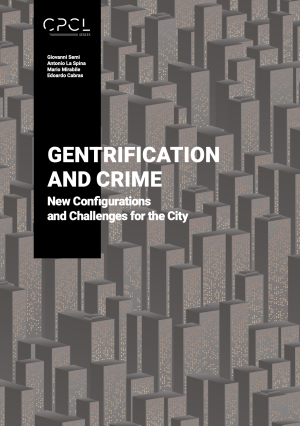
This volume is the editorial product of the project “Gentrification and Crime. New Configurations and Challenges for the City” started by a public conference held on May 6, 2019 at the Municipal Historical Archive of Palermo. This event was organized by Locus and endorsed by private and public bodies. During the conference, four presentations were given by distinguished academics of main fields investigated: Giovanni Semi, Marco Picone, Adam...
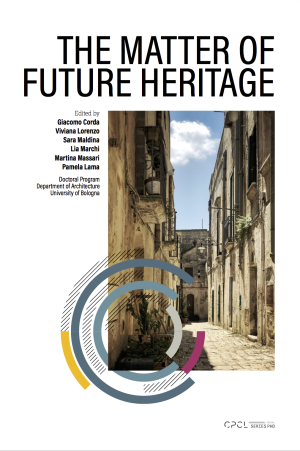
In 2018, for the first time, the University of Bologna’s Board of PhD in Architecture and Design Culture assigned second-year PhD students the task of developing and managing an international conference and publishing its works. The organisers of the first edition of this initiative — Giacomo Corda, Pamela Lama, Viviana Lorenzo, Sara Maldina, Lia Marchi, Martina Massari and Giulia Custodi — have chosen to leverage the solid relationship between the Department of Architecture and the...
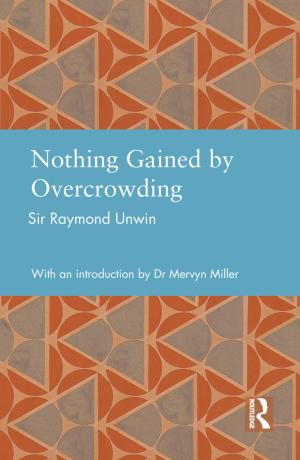
In his 1912 pamphlet for the Garden Cities and Town Planning Association Nothing Gained by Overcrowding, Raymond Unwin set out in detail the lessons learnt from his formidable practical experience in the design and layout o f housing: at New Earswick from 1902, Letchworth gard en c ity from 1905, and most significantly at Hampstead garden Suburb, where the ‘artisans’ quarter’ 1907–9 was probably his masterwork o f spatial design. His interest in minimising the length o f paved road to...
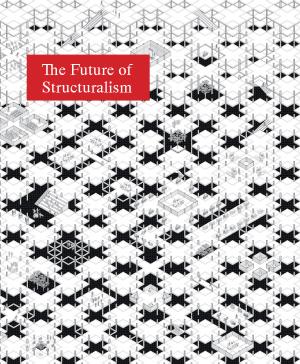
Structuralism represents an architecture that can interact, grow and adapt. The buildings can be recognised by their vivid open structures, composition of small units, and a spatial organisation like a city. As a reaction to CIAM functionalism, the avant-garde members of Team 10 proposed inclusive and social space and a more human form of urbanism and architecture. Starting in 1959, Dutch Structuralism became a very influential movement in the development of architecture in The...
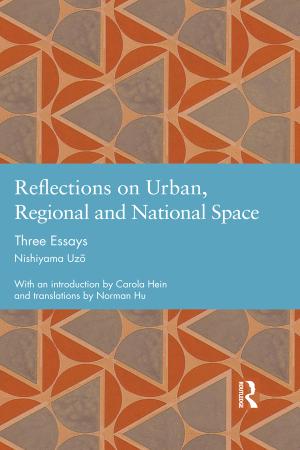
Nishiyama Uzo-, educated as an architect between 1930 and 1933, was a key figure in Japanese urban planning. He was a prolific writer who influenced a whole generation of Japanese urban planners and his interpretations of foreign planning and local practice still influence Japanese planning theory and practice today.
Nishiyama’s first publications date to the 1930s, and his last ones appeared in the 1990s, spanning a period of enormous political and spatial changes. The three...
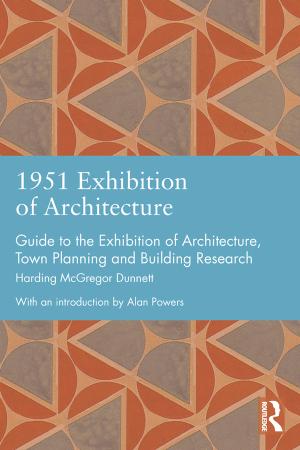
The Festival of Britain is perhaps best known for its South Bank Exhibition promoting British science and art to the post-war world, but one of the most important elements was the Architecture Exhibition, based in Poplar in East London. This exhibition was used to demonstrate the principles of modern town planning that had been laid out by Abercrombie, in particular in his County of London Plan.
The project was named after George Lansbury, the Labour MP, London County Council (LCC)...
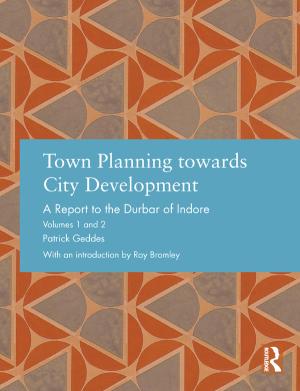
Patrick Geddes is one of the most important figures in planning history, variously presented as an inspiration to regional planning, environmental planning and sustainability, grass-roots planning, citizen democracy, historic preservation, neighbourhood upgrading, university—community partnership, lifelong learning, and co-operative housing. Though well-known and often praised by planning historians, his scholarship extended across a much broader range of disciplines, with extensive...
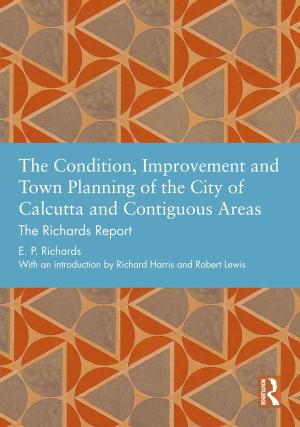
By 1900 the British had undertaken various types of urban planning in their colonial territories, but the early twentieth century brought new ideas and the birth of the modern planning movement. In India these new planning ideas inspired several specialized reports after 1900, most of which drew explicitly on British, or occasionally German, ideas. The most complete of these studies was the Richards Report on Calcutta, prepared for the Calcutta Improvement Trust and published in 1914.
...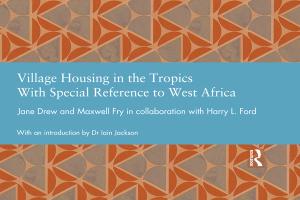
Tropical Architecture, although now a highly contested and debated term, is the name given to European modern architecture that has been modified to suit the climatic and sometimes cultural context of hot countries. These hot countries were labelled ‘the tropics’ and were often European colonies, or countries that had recently won their independence. Fry & Drew’s book, written on the threshold of the end of the British Empire, was one of the first publications to offer practical advice...
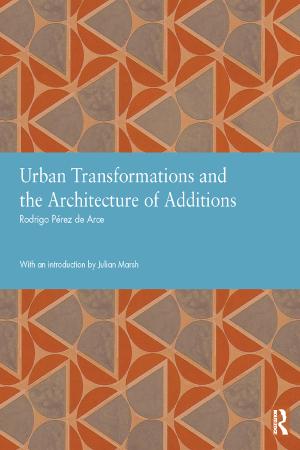
Rodrigo Pí©rez de Arce’s essay Urban Transformations and the Architecture of Additions was published during the formative stages of postmodernism, at the point where theory was becoming seriously established. Jencks’ first essays formalising the term postmodernism in architecture and the revised Learning from Las Vegas were published the previous year.
In planning terms, modernism had become associated with comprehensive redevelopment and forms of urban organisation that ignored...
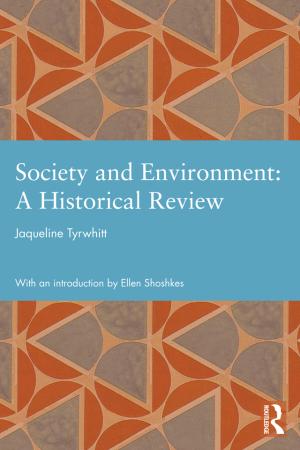
Jaqueline Tyrwhitt (1905—83) was a British town planner, editor, and educator. These four key Tyrwhitt texts illustrate how she forged and promoted a synthesis of Patrick Geddes’ bioregionalism and the utopian ideals of European modernist urbanism, which influenced post-war academic discourse and professional practice in urban planning and design internationally, and United Nations community development policy specifically.
Tyrwhitt’s contributions to The Town and Country Planning...
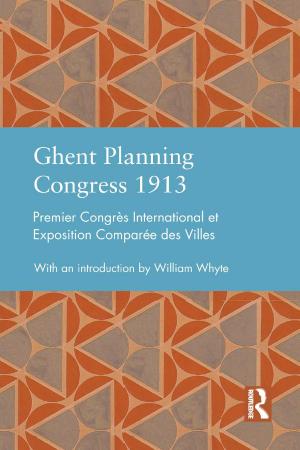
The Ghent Congress on town planning was the first genuinely international conference to address all aspects of civic life and design. Attended by representatives of 22 governments and 150 cities, as well as by hundreds of architects, planners, politicians, and scientists, it marked the culmination of a series of events which helped to form the world of town planning at the start of the twentieth century.
Ghent illustrates three key themes for the history of town planning. First,...
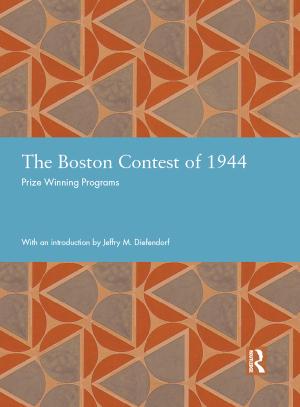
During World War II, many European government authorities and planners believed that the damage caused by bombing constituted a great opportunity to transform their cities. Even as the fighting continued, a great many plans were drawn up, and this has been the subject of much scholarship. However, what is often overlooked is wartime planning in cities not damaged in the war. United States cities were not bombed, but in Boston, one of its leading cities, the last years of the war brought a...
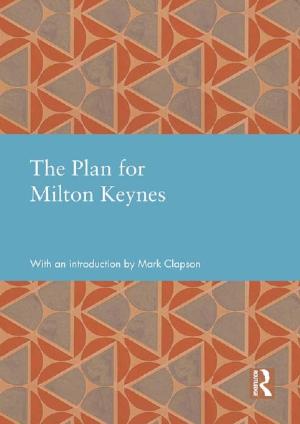
The UK’s largest new town, Milton Keynes, is the product of a transatlantic planning culture and a plan for a relatively low-density motorised city generously endowed with roads, parklands, and the infrastructure of cabling for communications technology. At its heart was the charismatic and infl uential Richard (Lord) Llewelyn-Davies. A Labour peer with various personal and professional interests in the USA, he drew upon the writings of American academics Melvin Webber and Herbert J. Gans,...
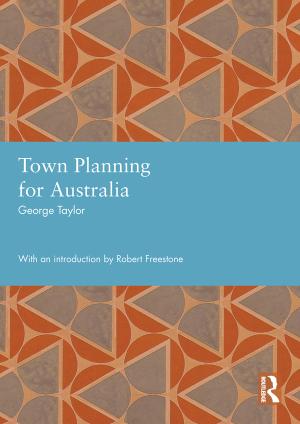
George Taylor’s Town Planning for Australia was the first dedicated book on the subject of urban planning published in Australia. Journalistic and ideological in style, it sets out a robust vision for a specifically Australian approach to planning and development of towns in a young country.
Taylor was a controversial figure, a political activist and publisher who brought the NSW Town Planning Association into existence and played a key role in promoting planning into the 1920s....
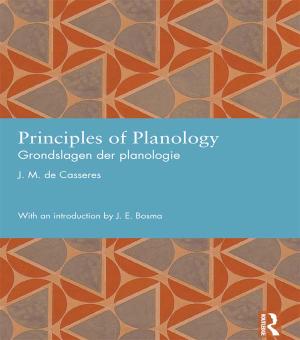
Between the World Wars, the talent of Dutch town planner J. M. de Casseres (1902—1990) found expression in two visionary books and a clutch of influential articles.
In an in-depth article published in February 1929 in the magazine De Gids under the title ‘Grondslagen der planologie’ (‘Principles of planology’) he invented a term for the new social-scientific discipline that would eventually enter the Dutch language.
De Casseres made it his life’s work to elevate the art and...
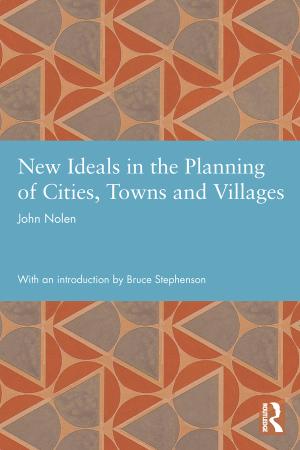
John Nolen’s New Ideals in the Planning of Cities, Towns and Villages is the most thorough assessment of city planning written by an American practitioner before 1920. It records the interplay of urban reform in Europe and the United States, the rise of the planning expert, the design of new towns, and the technique for directing urban expansion on systematic lines. Most importantly, it documents the blueprint for investing the “peace dividend” of the Great War to make urban life “more fit...
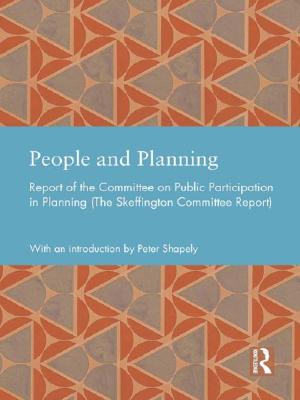
The Skeffington Committee was appointed in 1968 to look at ways of involving the wider public in the formative stages of local development plans. It was the first concerted effort to encourage a systematic approach to resident participation in planning and the decision-making process, in contrast to the entirely top-down process created by the 1947 Town and Country Planning Act.
The origins of the Skeffington Report lay in the 1965 publication by the Planning Advisory Group of The...
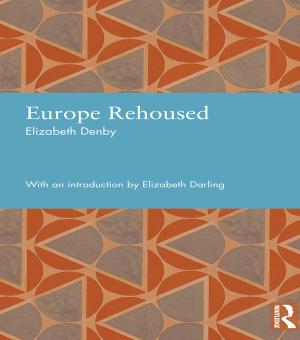
Europe Rehoused was one of the most influential housing texts of the 1930s, and is still widely cited. Written by the housing consultant Elizabeth Denby (1894—1965) it offered a survey of the nearly two decades of social housing built across Europe since the end of World War I, with the aim of informing British policy makers; as a reviewer declared ‘it has a decidedly propagandist flavour.’ Denby was a leading figure in housing debates in the 1930s. Adopting a line in sharp critique of...
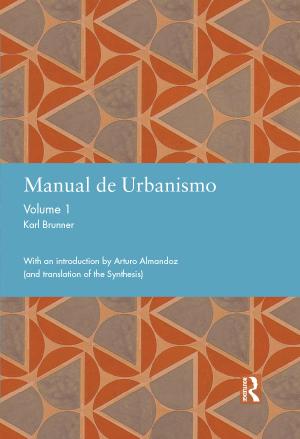
Unlike European countries, where the consolidation of town planning was based on legislative reforms, Latin America’s urbanismo mainly stemmed from urban plans for national capitals and metropolises. Austrian academic and planner Karl Brunner was hired in Chile, Colombia and Panama from the late 1920s to advise in the professional and academic domains, marking a shift from the so-called í‰cole Française d’Urbanisme (EFU) of Haussmannesque descent towards the Austrian-German Städtebau.
...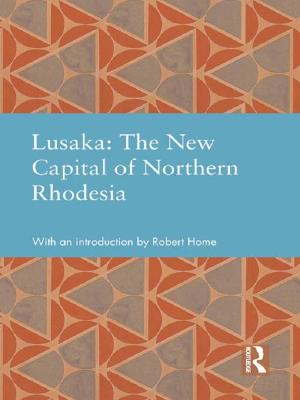
This short account of the planning of Lusaka as the new capital of Northern Rhodesia, written for its offi cial opening in 1935 as part of jubilee celebrations for King George V, was printed in a limited edition specifi cally for that event, and is now very scarce and diffi cult to obtain, but deserves to be made more widely available for scholars of planning and urban history, and especially all interested in African urban development.
The planning of Lusaka was a prestige project...
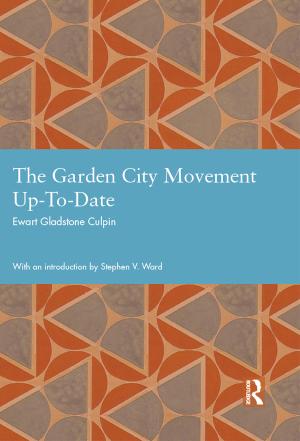
This work was written and compiled by the then Secretary of the Garden Cities and Town Planning Association in 1913. It shows just how much the conception of the garden city had been broadened from Howard’s original texts. Indeed the Association’s own name had been broadened to add the newly emergent practice and theory of town planning to the original focus.
Alongside the garden city, recognition is now given to the burgeoning numbers of garden suburbs and garden villages. Many...
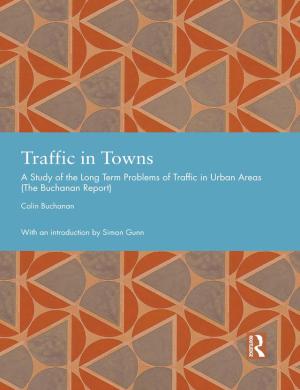
Traffic in Towns, also known as the Buchanan report, is regarded as one of the most influential planning documents of the twentieth century. The report reflected mounting concern about the impact on Britain’s towns and cities of rapid growth in the ownership and use of motor vehicles. Its purpose was to evaluate policy options for reducing the threat of traffic congestion to urban circulation and quality of life.
Two main conclusions were drawn from the report: firstly, the need...
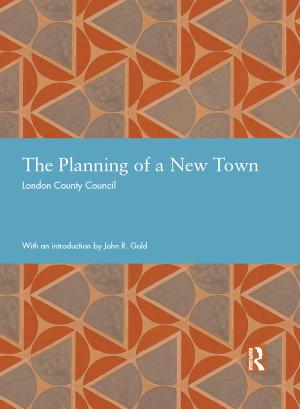
The publication of The Planning of a New Town in 1961 aroused remarkable interest. Its pages described a private new town, sponsored by the London County Council (LCC), to be built at Hook in Hampshire; a scheme that innovatively combined Garden City/New Town traditions with sensitivity to modern design. At its heart lay a multilevel and megastructural town centre intended to serve as a genuine focus for the gathering community, featuring shops and amenities placed on a pedestrian deck...
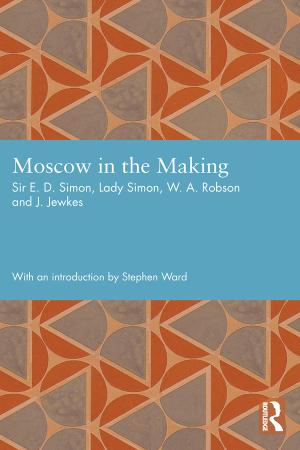
This book, published in 1937, reported on a four-week visit to Moscow in 1936 to study the making of Moscow as a showpiece Soviet capital. At its core was the 1935 General Plan for the Reconstruction of Moscow but the book was a study of planning in the Soviet rather than the Western sense. Thus it covered many aspects of the city’s social and economic life including industry and finance, education and housing production as well as governance and town planning. Much first-hand detail is...
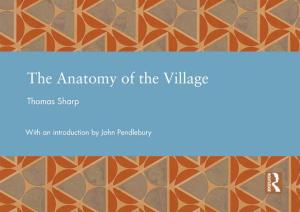
Thomas Sharp was a key figure in mid-C20 British planning whose renown stems from two periods in his career. First, he came to attention as a polemical writer in the 1930s on planning issues, including as a virulent opponent of garden cities. His prose tempered over time and this phase perhaps culminated in Town Planning, first published in 1940 and reputed to have sold over 250,000 copies. Subsequently the plans he produced for historic towns in the 1940s, such as Oxford, were very well...
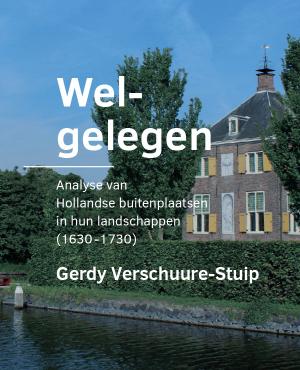
Aim and outline of the research
The aim of this dissertation is to identify and classify the various Holland country houses landscapes based on the most important factors and motives involved in building of the large amount country-houses between 1630 and 1730. The method combines research to tangible and intangible aspects of the spatial designs of country houses and their surroundings. The main research question is: what physical, societal and mental factors...
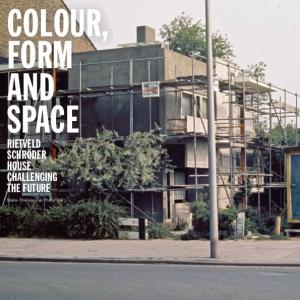
The Rietveld Schrãder House in Utrecht was designed in 1924 by Gerrit Thomas Rietveld (1888-1964) for Mrs Truus Schrãder- Schräder (1889-1985), as a home for her and her three young children. Mrs Schrãder had very decided ideas about the modern family, the upbringing of her children, and a corresponding way of living. She wanted a flexible house that would be able to evolve over time in tandem with the changing needs of her family. Known and celebrated as the architectural expression of...
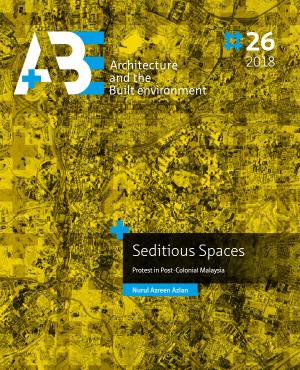
The title ‘Seditious Spaces’ is derived from one aspect of Britain’s colonial legacy in Malaysia (formerly Malaya): the Sedition Act 1948. While colonial rule may seem like it was a long time ago, Malaysia has only been independent for sixty-one years, after 446 years of colonial rule. The things that we take for granted today, such as democracy and all the rights it implies, are some of the more ironic legacies of colonialism that some societies, such as Malaysia, have had to figure out...
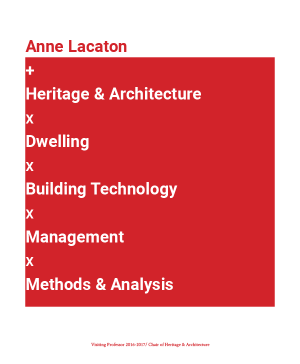
Anne Lacaton has been a visiting professor at the TU Delft Faculty of Architecture and the Built Environment during the Fall Semester 2016-2017, hosted by the Chair of Heritage & Design. In the professional field of Heritage & Design the starting point for design is not just a functional brief and a blank sheet of paper but the challenge of an existing spatial setting and cultural-historical context. It is a dynamic and innovative field in architecture that deals with the...
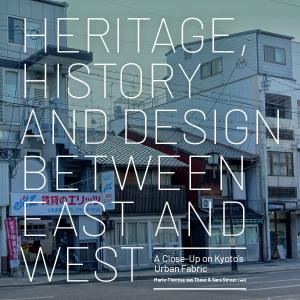
This book comprises a collection of essays on traditional machiya in Kyoto from various viewpoints and at different scales, including the urban fabric, the construction, the layout of the space plan, and building materials and details. By discussing the topic further from the various perspectives of the Dutch and Japanese scholars, we aim not only to cultivate a better understanding of machiya, but also to clarify the difference between the Netherlands and Japan in terms of ideas and...
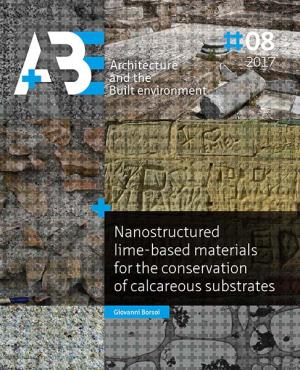
Nanolimes, i.e. dispersions of lime (Ca(OH)2)nanoparticles in alcohol, have been extensively investigated over the last two decades as consolidation products for calcareous substrates.
The use of nanolimes for consolidation of mural paintings arises from the lack of effective and compatible consolidants for this type of substrates; the use of nanolimes was later extended also to limestone and lime-based mortars, as an alternative for...
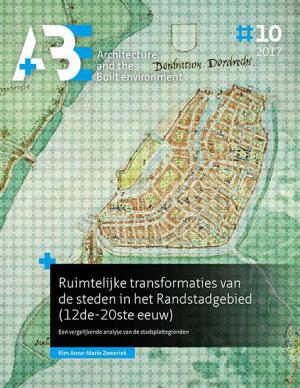
In this study, the transformation of the form of nine cities in the Randstad between 1250 and 1940 in relation to changes in infrastructure is central, namely Utrecht, Dordrecht, Leiden, Haarlem, Delft, Gouda, Amsterdam, Rotterdam and The Hague. Within this time span three periods of great spatial dynamics are identified, namely the period 1240-1450, 1580-1680 and 1870-1940.
From the eleventh century large areas of hitherto inaccessible peatland were reclaimed and made suitable for...

The faculty of Architecture and the Built Environment at TU Delft houses a unique teaching collection of over 300 chairs. Unlike any other collection in the university, and because a collection’s purpose and needs deviate somewhat from the more common features of a given university department, its position can be challenging in terms of management, funding, and goals.
Generally, university collections were used for either research or teaching, and they remained key teaching...

This small booklet contains the inaugural speeches of Th. K. van Lohuizen and Cor van Eesteren on their appointments as professors at the Technical College of Delft. The texts provide novel insights into their respective teaching programs, and appear here for the first time in English. An analytical reflection on their work by the architectural historian Herman van Bergeijk introduces them.
